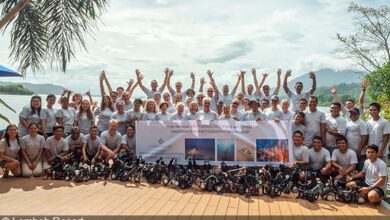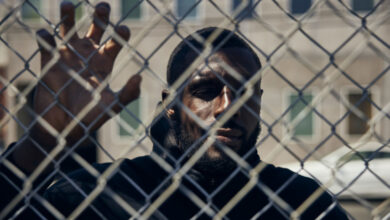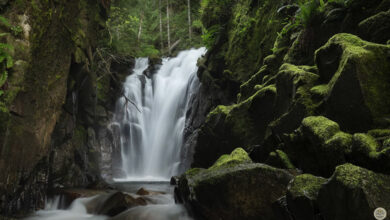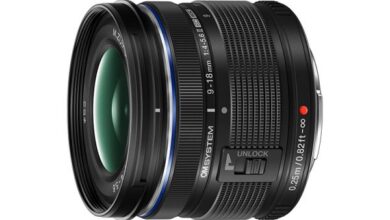How Much Editing Is Too Much for Your Landscape Photos?
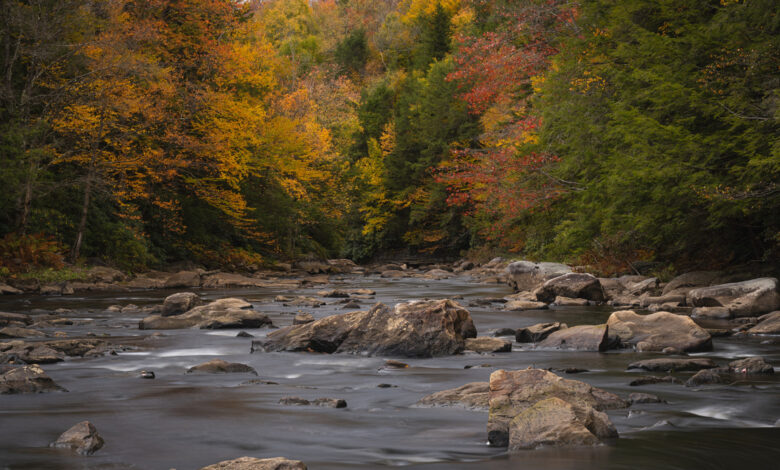
Within the genre of landscape photography, there is often debate about how much editing is too much. When does the photograph go from natural to manipulated? Does it even matter? How much editing is too much for your photos?
The “right” amount of editing is often discussed among landscape photographers. Opinions range from a very natural look, capturing it straight out of the camera, to a more extreme view of blending images, enhancing elements through stretching, hue shifting, or something between those two editing levels.
The Natural Look
A segment of landscape photographers thinks edits should retain a natural look and be close to straight out of the camera. A good photo results from patience and perseverance to be present for dramatic light conditions. Editing is used to save a bad photo.
Some editing is always required or being applied. If you photograph using raw files, they necessitate doing some editing. Raw files lack contrast and are often soft, requiring at least a minimal amount of sharpening. These edits, just to refine a raw file, will bring the photographer’s interpretation to the image. There isn’t such a thing as straight out of the camera.
If you photograph in JPEG, the camera applies a profile to the image. There are usually several to choose from, some tend towards the flat side, others are more vivid, and others are often tailored for landscape photos. These profiles are applied, but the camera performs the base processing, or edits, needed to refine the raw file. The image is still being processed.
The Extreme
The more extreme side of editing involves more complex techniques to process a photograph. It could be focal length blending, where you blend a wide focal length image with a telephoto focal length to make a terrain feature in the distance seem larger against a strong foreground. Or maybe stretching some mountain peaks to make them more pronounced and interesting. Or maybe swapping in a different sky.
These types of techniques can lead to spectacular-looking images and be quite popular. But, the resulting image doesn’t necessarily represent the natural scene as it was. The peaks of the mountains don’t look like that in real life, or the terrain that looked close in the image is actually much further off in the distance.

The In-Between
Between these two editing styles is the in-between style. This is where the photographer takes the scene and does more than just adjust some contrast and sharpening but uses other tools to edit the image to what they saw and felt when taking the picture.
Targeted adjustments might be made to adjust the contrast, lift some shadows, or pull some highlights back in. Dodging and burning might be used to lighten or darken the image more selectively, perhaps to emphasize where the light fell or darken the edges of the image. Colors might be selected and made a little brighter or more saturated.
Which Is the Right Way?
I have categorized the styles of editing rather broadly, and there are certainly variations within each, but they can be summarized as follows:
- Minimal editing, subtle adjustments
- Significant modifications, focal length blending, stretching, cloning
- Something in the middle, targeted adjustments manipulating existing light
But which one is the right way? It should come as no surprise there is not one right way. Landscape photography is a creative endeavor, and multiple approaches to expressing that creativity come with any creative endeavor. That said, I can share my approach to editing landscape photographs.

My Approach
The part of landscape photography I enjoy most is the process of going out, hiking, and taking pictures. I enjoy the challenge of revisiting locations and trying to capture the perfect conditions. And while I don’t dislike editing, if given the choice of going out and taking more photos or sitting at the computer to edit, I am heading out to take more pictures!
This contributes to why I fall in the middle category of editing – more than the minimum, but not to the level of stretching peaks, focal length blending, or adding elements to the scene. However, I believe there is room for enhancing a photograph to represent what I saw in the field. The camera just can’t capture things straight out of the camera that my eyes saw.
My editing reflects that, using tools to enhance the light more similarly to how I saw it and darkening areas of the photograph to help direct the viewer’s eye to what drew me to the scene. I also frequently use masks or color selection to subtly enhance or brighten colors of elements in the scene. I edit to my interpretation of the scene I saw.
How about you? What is your preferred level of editing for your landscape photography?

